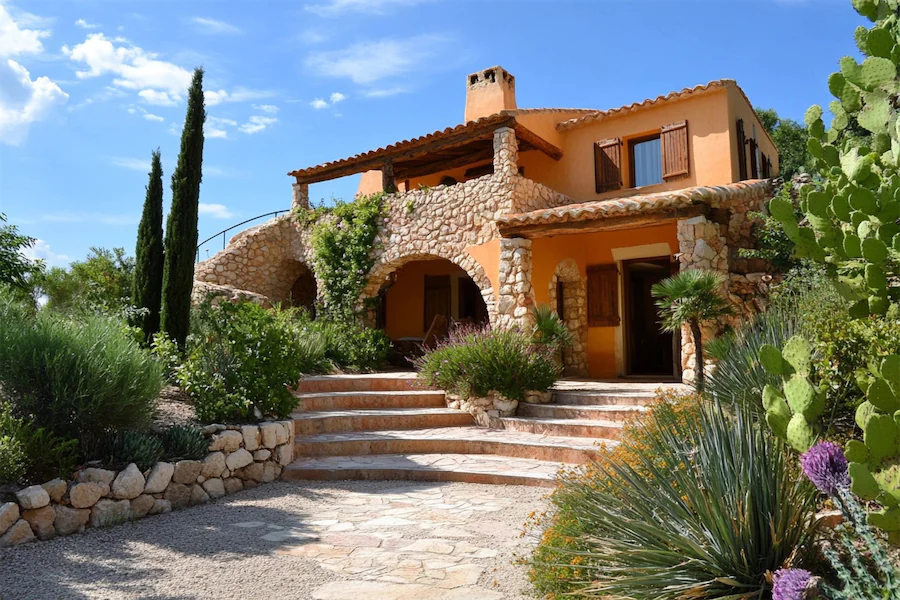A Mediterranean garden embodies the essence of coastal regions such as France, Spain, Italy, and Greece, offering a relaxed yet elegant outdoor space. This garden style is characterized by its ability to thrive in hot, dry climates, making it both beautiful and practical.
History and Origins of Mediterranean Gardens
The concept of Mediterranean gardens dates back to ancient civilizations surrounding the Mediterranean Sea. These gardens were designed not only for aesthetic pleasure but also to provide shade and grow drought-resistant plants suitable for the arid climate. Over time, the design evolved to incorporate elements from various cultures, including Greek, Roman, and Islamic influences, resulting in a harmonious blend of functionality and beauty.
Key Features of Mediterranean Gardens
Mediterranean gardens are distinguished by several key elements:
- Drought-Resistant Vegetation: Plants such as olive trees, lavender, rosemary, and bougainvillea are commonly used for their ability to withstand dry conditions and contribute to the garden’s lush appearance.
- Natural Materials: The use of terracotta pots, stone pathways, and gravel is prevalent, reflecting the rustic charm of the Mediterranean region.
- Water Features: Incorporating fountains or small ponds adds a cooling effect and enhances the tranquil ambiance of the garden.
- Shade Structures: Pergolas or arbors provide necessary shade, making outdoor spaces more comfortable during hot summers.
Applications of Mediterranean Gardens
The Mediterranean garden style is versatile and can be adapted to various settings, including:
- Residential Landscapes: Homeowners can create a serene retreat by incorporating Mediterranean elements into their gardens, promoting outdoor living and relaxation.
- Public Spaces: Parks and community gardens can adopt this style to provide low-maintenance and water-efficient green areas for public enjoyment.
Considerations When Creating a Mediterranean Garden
When designing a Mediterranean garden, consider the following:
- Climate Compatibility: Ensure that the chosen plants are suitable for the local climate, especially if it’s not naturally Mediterranean.
- Water Conservation: Implement efficient irrigation systems and select drought-tolerant plants to promote sustainability.
- Maintenance: While Mediterranean gardens are generally low-maintenance, regular care such as pruning and cleaning water features is necessary to maintain their beauty.
Conclusion
Mediterranean gardens offer a timeless and sustainable approach to landscape design, combining beauty with practicality. By understanding their history, key features, and applications, one can create a harmonious outdoor space that reflects the charm and elegance of the Mediterranean region.
